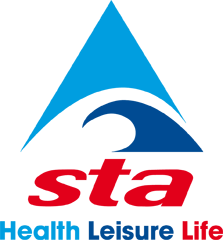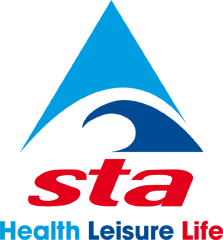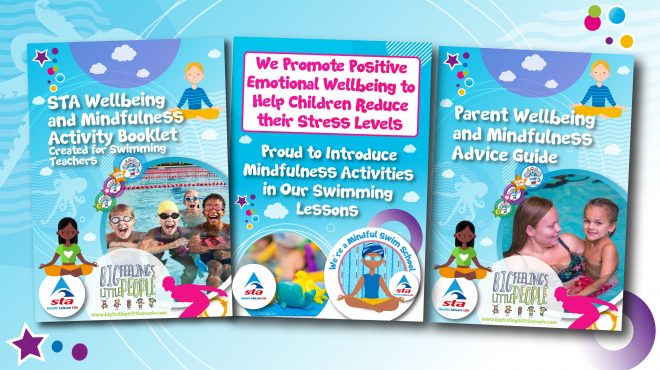School Swimming – Blog Post from STA CEO
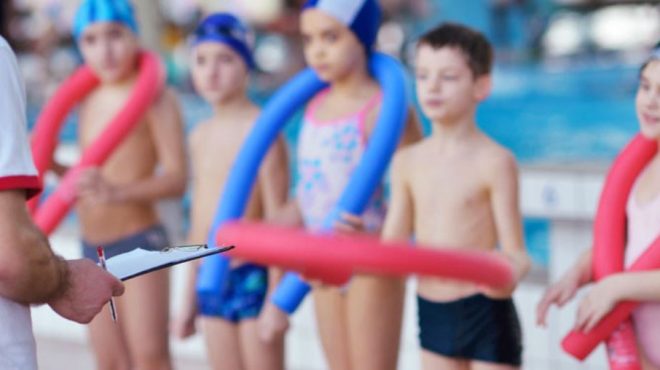
“We cannot keep on diagnosing the problem, we have to start prescribing solutions”
Last week, the All-Party Parliamentary Group for Swimming published figures that predict more than one million children could leave primary school in the next five years unable to swim the minimum standards required as part of the national curriculum. Then on Friday, a BBC report aired discussing the government’s PE and Sport Premium; with the investigative journalist behind the story stating “not every primary school is using the funding well”, with some PE professionals suggesting this is because Ofsted doesn’t monitor them.
Why have I linked these two separate news stories, you might ask?
As per a blog I wrote about school swimming back in 2018, way before COVID, the fundamental ongoing problem with school swimming, is that despite it being on the ‘national curriculum’, it is NOT inspected robustly enough, if at all, so subjects which are graded like Maths and English for example, will always be a school’s priority.
Year on year, we keep seeing statistics come out about the decline in school swimming, but nothing really changes and I have no doubt that the pandemic will now fuel the problem even further, with schools having to play catch-up on ‘priority’, ‘inspected’ academic subjects.
This sadly will most likely mean that swimming is dropped even further down the timetabling pecking order. And just like pre-COVID, schools will easily be able to apply feasible ‘reasons’ for just doing the basics, or not doing any swimming at all, because they will not be called to account by the inspectors.
This is not the schools’ fault, it’s the ‘systems’ fault.
Improving school swimming is always going to be a challenge because the reality is there is no ‘one solution that fits all’. For some schools, it may be that there are too many logistical or financial hurdles to get over when organising lessons, which as a result means swimming is not prioritised.
 Yes, as I’ve previously stated there are issues around pool access, transport and teacher training, but in my opinion, these can mostly be resolved with funding and we have proven case study examples to back this up. The crux of the issue, therefore, is that swimming is not a priority for some schools because it takes too much time away from more ‘important’ lessons – lessons that a school WILL be inspected and judged upon.
Yes, as I’ve previously stated there are issues around pool access, transport and teacher training, but in my opinion, these can mostly be resolved with funding and we have proven case study examples to back this up. The crux of the issue, therefore, is that swimming is not a priority for some schools because it takes too much time away from more ‘important’ lessons – lessons that a school WILL be inspected and judged upon.
Therefore, in light of these correlating reports from the APPG and the BBC – one about school swimming participation (or lack of) and the other questioning the wider issue of PE funding in general, in which swimming falls under (and we know cost is one of the main issues for schools) – I’ll repeat what I said back in 2018: we need to start addressing the actual problem.
We cannot keep on diagnosing the issue, we have to start prescribing solutions for the future health and safety of our children.
The Impact on Private Swim Schools
As an aside to the main discussion point here, the demise of school swimming over recent years has also led to parents being relied upon to take their children swimming, but as we know this is not always financially viable, so millions of children miss out. However, for those parents that do want to prioritise lessons, there is another burgeoning issue at this moment in time.
In the UK today, the private swim school market, who operate independently out of hotel, health club or school pools for example, represent a huge proportion of the learn to swim market.
These swim schools wholly rely on hiring external pools, but many of these pools, understandably because of COVID, are not yet allowing third-party companies back in to re-hire the pool. This means that many swim schools have not been able to open or fully open since March 2020.
Add to this, the fact that swim schools are having to operate with reduced class sizes because of social distancing measures and that there is a national shortage of swimming teachers.
Herein, is the problem.
Since pools reopened, STA’s swim schools are reporting a surge in demand for lessons – but with all the aforementioned barriers, many cannot cope with the demand and its why many have even closed their waiting lists. So, while, parents might want to prioritise swimming lessons at this time, they might struggle to find a class locally – this is the reality in some areas and it’s a serious problem. The decline in school swimming further adds to this parent ‘demand’, and I’m concerned also, because of the financial impact of COVID on swim schools, this could force the price of swimming lessons to increase, creating a wider socio-economical gap.
Hopefully all of these issues, if swim schools can financially survive the next few months on lower customer numbers and reduced pool space, will be resolved once COVID restrictions are lifted.
Back to School Swimming
Coming back to the core subject of school swimming.
Unlike any school sport, learning to swim is a life skill and for a lot of children, a school might be the only place they will be given the opportunity. Therefore, if we can start to tackle these real issues by making school swimming compulsory and by putting robust inspections in places – with the right package of support – I believe we can start plugging some of the gaps.
Hopefully, something positive will come out of the pandemic, and the issue of school swimming will start to be seen as a priority. It won’t be easy and different regions will find it easier than others, but we must start somewhere because swimming and sport generally, will play a huge part in helping children recover physically and mentally from COVID.
As a member of the APPG for Swimming, I have raised all of these points and I will continue to beat the drum as part of our charitable objective: the preservation of human life through the teaching of swimming, lifesaving and survival techniques.
You may not agree with all the points I raise here, and I’d love to start a conversation and share ideas; but I think at the very least, we can all agree that we must prioritise giving children the opportunity to learn a key life skill and this must start at school.
Case Study – School Swimming in Arun
In 2018, STA was tasked with managing the £150,000 funding that was donated by Inspire Leisure to promote the benefits of swimming across the district of Arun. School swimming was prioritised as part of the funding project.
Thanks to this funding, STA was given the opportunity to work with local primary schools in Arun to understand the barriers and the financial implications of school swimming. This resulted in hundreds of children, aged 7-11 years from 20 primary schools benefitting from 15 hours of free-swimming tuition.
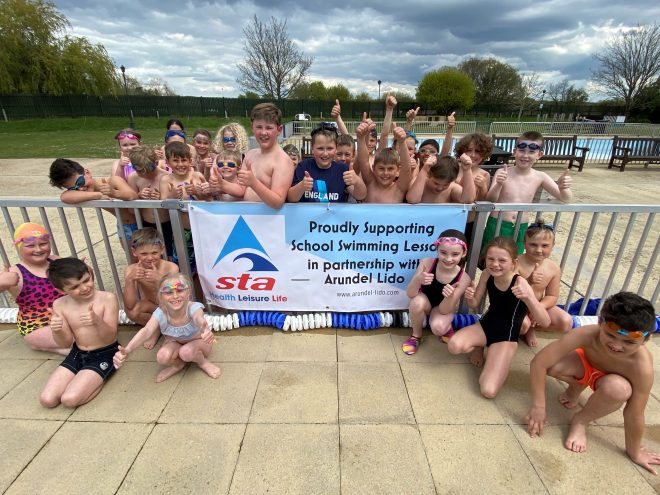
One teacher said: “STA’s funding has been crucial in enabling us to offer our children affordable swimming sessions that are already partly funded by the school; without the funding our school would struggle to meet the cost, especially for transport.”
Prior to lock-down last year, one of the venues delivering this funded free school swimming was Arundel Lido. The funding at the time was also opened up to home-educated children and those who may not be able to attend mainstream schools. The pandemic naturally stopped progress, but this month school swimming lessons are now back on at the Lido (photo here).
Given the success of this funding project in Arun and the real difference it has made; it would be fantastic to see similar funded schemes replicated across other areas of the country.
- Categories
- Association News, Community, Member News
- Tags
- charity, fundraising
